Invalid Left Hand Side In Assignment
The “Invalid left-hand side in assignment” error is a common issue that programmers may encounter while writing code in JavaScript. This error occurs when there is a mistake in assigning a value to a variable or expression. In this article, we will delve into the causes of this error, provide examples of common scenarios that trigger it, discuss how to troubleshoot and fix the error, and outline best practices to avoid encountering it in the future.
Explanation of the “Invalid left-hand side in assignment” error:
The “Invalid left-hand side in assignment” error is thrown by JavaScript when the left-hand side of an assignment expression is not a valid target for assignment. In other words, there is an issue with what is being assigned to, rather than the assignment itself. This error usually occurs due to incorrect usage of the assignment operator or attempting to assign a value to an expression that cannot be assigned to.
Causes of the “Invalid left-hand side in assignment” error:
1. Incorrect usage of assignment operator:
One of the most common causes of this error is misusing the assignment operator. The assignment operator “=” is used to assign a value to a variable. If the syntax of the assignment operator is incorrect or unintentionally replaced with a different operator, such as a comparison operator like “==”, the error will be triggered.
2. Attempting to assign a value to an expression that cannot be assigned to:
Certain expressions in JavaScript cannot be assigned to, such as constants, read-only variables, or function/method calls. If you try to assign a value to any of these non-assignable expressions, the “Invalid left-hand side in assignment” error will occur.
Examples of common scenarios that trigger the error:
1. Incorrect use of comparison operators instead of assignment operators:
“`javascript
let x = 5;
if (x == 5) { // Comparison operator used instead of assignment operator
x = 10; // Invalid left-hand side in assignment error
}
“`
In this example, the code should have used the assignment operator “=” instead of the comparison operator “==”. The incorrect usage of the comparison operator triggers the error.
2. Assigning a value to a constant or read-only variable:
“`javascript
const PI = 3.14;
PI = 3.14159; // Invalid left-hand side in assignment error
“`
Constants in JavaScript are immutable, meaning their value cannot be changed. Any attempt to assign a new value to a constant will result in the “Invalid left-hand side in assignment” error.
3. Trying to assign a value to a function or method call:
“`javascript
function sayHello() {
console.log(“Hello!”);
}
sayHello() = “Hi!”; // Invalid left-hand side in assignment error
“`
In this example, attempting to assign a value to a function call causes the error. Functions and method calls do not represent assignable targets, as they are executed rather than stored.
How to troubleshoot and fix the “Invalid left-hand side in assignment” error:
1. Double-check the syntax for proper usage of assignment operators:
Ensure that you are using the correct assignment operator “=”, rather than a comparison or arithmetic operator. Confirm that there are no typos or accidental replacements in your code.
2. Verify if the left-side expression is assignable:
Look at the expression being assigned to and determine if it can receive a new value. If the expression is a constant, read-only variable, or a function/method call, it cannot be assigned to, resulting in the error. Consider if reassigning the value is necessary or if there are alternative approaches to achieve your goal.
3. Review the type and context of the assignment:
Check the type and context of both the left-hand side and right-hand side expressions. Ensure that they are compatible and that the assignment makes sense in the given context of your code. Mismatched types or incorrect assignments can lead to the error.
Best practices to avoid the “Invalid left-hand side in assignment” error:
1. Always use the appropriate assignment operator for variable assignment:
Be mindful of using the assignment operator “=” when assigning a new value to a variable. Avoid using comparison or arithmetic operators in place of the assignment operator to prevent triggering the error.
2. Declare variables as mutable if they need to be reassigned:
If a variable requires reassignment in your code, declare it using `let` or `var` instead of `const`. Constants are immutable and cannot have their value changed once assigned.
3. Refactor code to prevent assigning values to non-assignable expressions:
Carefully review your code to identify any instances where you might be attempting to assign a value to a constant, read-only variable, or function/method call. If it is necessary to change their values, consider alternative approaches or refactor your code to accommodate the changes.
Conclusion:
Understanding and fixing the “Invalid left-hand side in assignment” error is crucial for JavaScript developers. By being aware of the causes, troubleshooting methods, and best practices, programmers can avoid this error and write clean, error-free code. Remember to use the correct assignment operator, verify if an expression is assignable, and review the type and context of your assignments to prevent encountering this error in your code.
FAQs:
1. What does “Invalid left-hand side in assignment” mean?
– The error indicates that there is an issue with the expression or variable being assigned to, rather than the assignment itself. It often occurs due to incorrect usage of the assignment operator or attempting to assign a value to a non-assignable expression.
2. What are some common causes of the “Invalid left-hand side in assignment” error?
– Common causes include incorrect usage of the assignment operator, attempting to assign a value to a constant or read-only variable, and trying to assign a value to a function or method call.
3. How can I fix the “Invalid left-hand side in assignment” error?
– To fix the error, double-check the syntax for proper usage of assignment operators, verify if the left-side expression is assignable, and review the type and context of the assignment.
4. How can I avoid encountering the “Invalid left-hand side in assignment” error in the future?
– Always use the correct assignment operator for variable assignments, declare variables as mutable if they need to be reassigned, and refactor code to prevent assigning values to non-assignable expressions.
5. Are there any other similar errors related to the “Invalid left-hand side in assignment” error?
– Yes, similar errors include “Invalid left-hand side in assignment expression innerHTML,” “The left-hand side of an assignment expression may not be an optional property access,” “Invalid left-hand side expression in postfix operation,” “The left-hand side of an assignment expression must be a variable or a property access,” “Uncaught SyntaxError: Invalid or unexpected token,” “Input invalid,” “Uncaught SyntaxError: unexpected number,” and “Unexpected token invalid left-hand side in assignment.”
Jquery : Uncaught Referenceerror: Invalid Left-Hand Side In Assignment
What Is Invalid Left-Hand Side In Assignment?
In the realm of computer programming, understanding the concept of the left-hand side (LHS) and right-hand side (RHS) of an assignment is crucial. The LHS refers to the location where a value is being assigned, while the RHS represents the value itself. However, there are instances when a programmer might encounter an error message stating “Invalid left-hand side in assignment.” This article will delve into the meaning behind this error, possible causes, and potential solutions.
The “Invalid left-hand side in assignment” error occurs when an assignment operator (=) is used incorrectly. This error message indicates that the left-hand side of the assignment is not valid, which means it cannot be assigned a value. In simpler terms, the code is attempting to assign a value to something that cannot accept it.
There are several possible causes for this error. In most cases, it is the result of using an invalid or improper identifier on the left-hand side of the assignment. An identifier in programming is a sequence of characters used to name a variable, function, or other objects. It must start with a letter, underscore (_), or dollar sign ($) and can be followed by letters, digits, underscores, or dollar signs.
Another common cause of this error is the usage of a constant or an expression on the LHS that cannot be assigned a value. Constants are fixed values that cannot be modified once they are assigned. While they can be used in mathematical operations, they cannot be assigned a new value. Similarly, expressions are often used to represent calculations or operations but cannot be assigned a new value.
Furthermore, it is essential to consider the scope and visibility of variables when encountering this error. In some instances, a variable may not be accessible or recognizable within the current scope, leading to an invalid LHS. This usually occurs when the variable is declared in a different scope or has not been declared at all.
To resolve the “Invalid left-hand side in assignment” error, several troubleshooting steps can be taken. Firstly, it is crucial to ensure that the variable or identifier being used on the LHS is properly declared and accessible within the current scope. Checking for spelling errors or missing declarations is essential.
Next, it is important to review and determine whether the value being assigned fits the LHS requirements. For example, if a constant is used, it is crucial to understand that it cannot be assigned a new value. Similarly, expressions cannot be assigned new values and are primarily used for calculations.
In cases where the variable or identifier seems to be correctly declared and accessible, it is advisable to review the code for any syntax errors or invalid operations. For instance, attempting to assign a value to a function or method will result in an invalid LHS error since they cannot accept assignments.
Additionally, it can be helpful to check whether there are any conflicts with previously defined variables or objects. Renaming variables or objects that share similar identifiers can often resolve this issue.
Frequently Asked Questions (FAQs):
Q: Can the “Invalid left-hand side in assignment” error occur in specific programming languages?
A: Yes, this error can occur in various programming languages like JavaScript, Python, and others. However, the exact error message might differ slightly depending on the language.
Q: Are there instances when this error can be caused by a typographical mistake?
A: Yes, in some cases, typographical errors can lead to an invalid LHS error. Misspelling a variable name or using the wrong case can make the identifier unrecognized or create conflicts with previously defined variables.
Q: Can this error be caused by assigning a value to a read-only variable?
A: Yes, attempting to assign a value to a read-only variable or constant can trigger this error. Constants are typically used for fixed values that cannot be modified.
Q: How can I ensure that the variable I’m using in the assignment is properly declared?
A: It is crucial to double-check the declaration of variables, ensuring they have been properly initialized and are accessible within the current scope. Furthermore, reviewing the spelling and case of the variable name is essential.
Q: Can using an invalid assignment operator cause this error?
A: Although the specific error message may vary, using an incorrect assignment operator or an operator not suitable for assignment can indeed result in an invalid LHS error.
In conclusion, encountering an “Invalid left-hand side in assignment” error indicates that an assignment operator has been misused or the left-hand side of the assignment cannot accept a new value. This article has explored the causes of this error, such as invalid identifiers, constant or expression usage, and scoping issues. By utilizing the troubleshooting steps and considering the FAQs provided, programmers can effectively resolve this error and improve their coding efficiency.
What Is Invalid Left-Hand Side In Assignment At Window Onload?
When it comes to web development, one of the most common errors that many developers encounter is the “Invalid left-hand side in assignment” error at window.onload. This error message is displayed in the developer console of browsers like Chrome, Firefox, or Safari whenever there is a mistake in assigning or modifying a value to an object or variable.
To understand this error better, let’s break it down. The “left-hand side” refers to the part of an assignment statement that receives the value, while the “right-hand side” is the part that provides the value. So, “invalid left-hand side” implies that there is an issue with the left-hand side of an assignment statement.
The error often occurs when developers mistakenly use a non-assignable expression on the left side of an assignment. This means that the expression should not be assigned a new value. It can be caused by various scenarios, such as attempting to assign a value to a function call or a constant, or trying to perform an assignment within a conditional statement without using the double equal “==”. Let’s dive into some common scenarios that lead to this error:
1. Assigning a value to a function call:
“`
foo() = “bar”; // Throws “Invalid left-hand side in assignment” error.
“`
In this case, the error is caused by trying to assign a value to the function call `foo()`, which is an invalid syntax. Functions cannot be assigned values directly.
2. Assigning a value to a constant:
“`
const PI = 3.14;
PI = 3.14159; // Throws “Invalid left-hand side in assignment” error.
“`
When using constants, their values cannot be changed once they have been assigned. In this example, the attempt to assign a new value to the constant `PI` results in an error.
3. Performing an assignment within a conditional statement without using the double equal “==” operator:
“`
if (x = 5) { // Throws “Invalid left-hand side in assignment” error.
// code block
}
“`
In this case, the single equal sign “=” is used instead of the expected double equal “==” to check for equality. The code should be `if (x == 5)` to avoid the error.
Common FAQ’s about “Invalid left-hand side in assignment” error at window.onload:
Q: How can I quickly identify the line causing this error?
A: The error message displayed in the browser console usually includes the line number where the invalid assignment occurred. Look for the line number mentioned in the error message to pinpoint the issue.
Q: What should I do if I encounter this error?
A: Review the line of code mentioned in the error message. Check if you are mistakenly using an expression that is not assignable on the left side of the assignment. Ensure you are using the correct operators and syntax, such as using the double equal “==” for equality comparisons, rather than a single equal sign “=”.
Q: Are there any other potential causes for this error?
A: While the examples mentioned above represent common causes for the “Invalid left-hand side in assignment” error, there can be other scenarios where this error may occur. It is essential to carefully review your code and ensure that you understand the purpose and behavior of the expressions involved in assignments.
Q: How can I prevent encountering this error in my web development projects?
A: To avoid this error, it is crucial to have a clear understanding of the syntax and rules of JavaScript. Always double-check your assignment statements to ensure that the left side is a valid assignable expression. Additionally, using a good code editor or Integrated Development Environment (IDE) with syntax highlighting and other helpful features can assist in identifying potential errors before running the code.
In conclusion, the “Invalid left-hand side in assignment” error at window.onload is a common error in web development that occurs when there is an issue with the left side of an assignment statement. By understanding the common scenarios that lead to this error and following best practices in coding, developers can effectively troubleshoot and prevent this error from occurring in their projects.
Keywords searched by users: invalid left hand side in assignment Invalid left hand side in assignment expression innerhtml, the left-hand side of an assignment expression may not be an optional property access, Invalid left-hand side expression in postfix operation, The left-hand side of an assignment expression must be a variable or a property access, Uncaught SyntaxError: Invalid or unexpected token, Input invalid, Uncaught SyntaxError: unexpected number, Unexpected token
Categories: Top 37 Invalid Left Hand Side In Assignment
See more here: nhanvietluanvan.com
Invalid Left Hand Side In Assignment Expression Innerhtml
When working with JavaScript, you might come across an error message that says “Invalid left-hand side in assignment” related to the innerHTML property. This error can be confusing for beginners and even experienced developers. In this article, we will dive into the innerHTML property, understand its usage, discuss how it can lead to the “Invalid left-hand side in assignment” error, and explore ways to fix this issue.
Understanding innerHTML Property
The innerHTML property allows you to access or modify the HTML content within an element. It is commonly used to update the content of a specific element dynamically. For example, you can use innerHTML to change the text, add new HTML elements, or even update the entire structure of an element.
Syntax:
element.innerHTML = newContent;
The “element” can be any valid HTML element, such as div, p, span, or others. “newContent” can be a string of HTML, text, or a combination of both.
The “Invalid left-hand side in assignment” Error
The error message “Invalid left-hand side in assignment” occurs when you incorrectly use the innerHTML property in an assignment expression. This error indicates that the left-hand side of the assignment is not a valid target for assigning a new value.
Common Causes of the Error
1. Incorrect operator: One of the typical causes is using the assignment operator (=) instead of the equality operator (== or ===). For example, instead of comparing two values, you might accidentally write code like this:
if (element.innerHTML = newContent) { … }
In this case, the innerHTML is mistakenly assigned a new value instead of being compared, causing the error.
2. Missing reference to an HTML element: Another cause is when you’re trying to update the innerHTML of an element that doesn’t exist or has not been properly referenced. Make sure the element you’re targeting is valid and accessible in your HTML structure.
3. Using innerHTML in an unsupported context: Some elements, such as input or images, cannot have innerHTML modified. Attempting to change the innerHTML of such elements will result in the error. Ensure that you are using innerHTML on elements where it is applicable, like div, p, span, etc.
Fixing the “Invalid left-hand side in assignment” Error
To fix this error, it is crucial to identify the specific cause in your code. Here are a few steps you can follow to troubleshoot and resolve the issue.
1. Verify operator usage: Double-check your code for incorrect use of the assignment operator in conditional statements or other scenarios where a comparison is expected. Use the equality operator instead (== or ===) to compare values.
2. Check element references: Confirm that the HTML element you’re targeting with innerHTML exists and is correctly referenced in your JavaScript code. Verify that the element’s id or class matches your code’s references.
3. Use innerText or createTextNode as alternatives: If you are trying to update the text content of an element and not the HTML structure itself, consider using innerText or createTextNode methods instead of innerHTML. These methods allow you to change the text without worrying about potential HTML parsing issues or assignment errors.
FAQs
Q: Can innerHTML be used to update specific parts of an element’s content?
A: Yes, innerHTML allows you to update specific parts of an element’s content, including adding new HTML elements, modifying existing ones, or simply changing the text.
Q: Is there a performance difference between using innerHTML and other DOM manipulation methods?
A: innerHTML can be faster when updating larger portions of an element’s content. However, it is essential to consider security risks if you’re inserting user-generated content, as innerHTML can inadvertently execute malicious scripts.
Q: How can I avoid assignment errors when using innerHTML?
A: Make sure to use the equality operator (== or ===) when comparing values instead of the assignment operator (=). Additionally, always ensure that the element you’re targeting with innerHTML exists and is properly referenced.
Q: What should I do if the “Invalid left-hand side in assignment” error persists?
A: If you have confirmed that your code follows the correct syntax and there are no other apparent issues, consider seeking assistance from online developer forums or communities. Share your code and the error message you’re encountering, and someone might be able to provide further guidance.
Conclusion
The “Invalid left-hand side in assignment” error related to the innerHTML property can be easily resolved by double-checking the operator usage, verifying element references, and considering alternative methods like innerText or createTextNode. Remember to follow best practices and regularly test your code to spot and fix any potential errors. With a solid understanding of the innerHTML property, you can confidently manipulate HTML content dynamically using JavaScript.
The Left-Hand Side Of An Assignment Expression May Not Be An Optional Property Access
In programming languages, assignment expressions are commonly used to give values to variables or properties. These expressions consist of the left-hand side (LHS) and right-hand side (RHS), separated by an equal sign (=). While the LHS receives the value, the RHS evaluates to the value that is being assigned.
In many programming languages, the LHS of an assignment expression can take various forms. It can be a simple variable, an array element, or even a property of an object. However, there are certain restrictions on what can be the LHS. One specific requirement is that the LHS may not be an optional property access.
To understand why the left-hand side of an assignment expression cannot be an optional property access, let’s first define what an optional property access is. In certain programming languages like TypeScript, optional property access is used to access properties of an object that may or may not exist. This is achieved by using a question mark (?) after the property name. For example, consider an object called “person” with an optional property “age” defined as:
“`
let person: { name: string, age?: number } = { name: “John” };
“`
In this case, the “age” property is optional, and accessing it may or may not yield a value. If the “age” property exists, it can be accessed using the dot notation:
“`
let personAge = person.age;
“`
However, when it comes to assignment expressions, this optional property access cannot be used as the LHS. This means that you cannot assign a value to an optional property directly using the equal sign (=). Instead, you need to check if the property exists before assigning the value, or use a different approach altogether.
The reason for this restriction is that the LHS of an assignment expression needs to be an unambiguous target for the assignment. By allowing an optional property access as the LHS, there is no guarantee that the property exists, and the assignment could potentially fail at runtime. To ensure the reliability and predictability of programs, this limitation is enforced.
Frequently Asked Questions (FAQs):
Q: Why can’t the left-hand side of an assignment expression be an optional property access?
A: The LHS needs to be an unambiguous target for the assignment, and allowing an optional property access can lead to potential runtime failures if the property does not exist.
Q: How can I assign a value to an optional property then?
A: Instead of directly assigning the value, you need to check if the property exists before assigning the value. You can use conditional statements or other techniques to handle this scenario.
Q: Can I use an optional property access as the LHS in other contexts?
A: The restriction applies specifically to assignment expressions. You can still use optional property access in other contexts, such as accessing or checking the value of the property.
Q: Are there any alternatives to using optional property access in assignment expressions?
A: Yes, there are alternative approaches. One option is to check if the property exists before attempting to assign a value. Another approach is to use TypeScript’s non-null assertion operator (!) if you are certain that the property will exist.
Q: What happens if I accidentally use an optional property access as the LHS in an assignment expression?
A: Depending on the language, you may encounter a compilation error or a runtime error. The behavior can vary, but it is generally not allowed due to the potential for runtime failures.
In conclusion, the left-hand side of an assignment expression may not be an optional property access. This restriction exists to ensure the reliability and predictability of programs, as an optional property access may or may not yield a value. By enforcing this limitation, programming languages prevent potential runtime failures and encourage developers to handle optional property access in a more controlled manner.
Invalid Left-Hand Side Expression In Postfix Operation
Postfix expressions, also known as Reverse Polish Notation (RPN), represent mathematical expressions in a way that eliminates the need for parentheses to specify the order of operations. Instead, operators are placed after their operands. For example, the infix expression “3 + 4” would be represented as “3 4 +” in postfix notation.
When working with postfix expressions, it is crucial to understand that operands are pushed onto a stack, and operators are applied to the top elements of the stack. This stack-based evaluation allows for efficient calculation of expressions while preserving the intended order of operations.
Now, let’s focus on the specific error message at hand: “Invalid left-hand side expression in postfix operation.” This error typically occurs when an invalid operator is encountered while evaluating a postfix expression. To better decipher this, we need to consider the left-hand side expression and its invalidity.
The left-hand side expression refers to the operator that is being applied to the operands on the stack. In postfix notation, the left-hand side expression is the last operator encountered before encountering the error. This operator is invalid due to various reasons, which we will explore further.
There are a few common causes of the “Invalid left-hand side expression in postfix operation” error:
1. Missing or extra operands: In a postfix expression, each operator requires a specific number of operands to perform its operation. If the number of operands encountered is incorrect, an error occurs. For example, applying the operator “+” without two operands would trigger this error.
2. Insufficient or improper formatting: Postfix expressions rely on a specific format where operators and operands are separated by spaces. If the formatting is incorrect or inconsistent, the interpreter/compiler may encounter an invalid operator, leading to this error.
3. Incorrect use of operators: Postfix expressions have a specific set of operators that they support. Using an operator that is not valid in postfix notation will result in an invalid left-hand side expression error.
Resolving the “Invalid left-hand side expression in postfix operation” error requires careful debugging and adherence to the rules of postfix notation. Here are some steps to address and rectify the issue:
1. Double-check operand count: Verify that each operator has the correct number of preceding operands. If any operands are missing, review the expression and ensure all elements are present.
2. Review formatting: Ensure that the postfix expression adheres to the required format, with appropriate spaces between operands and operators. This includes verifying that no extra spaces are present and that each element is correctly separated.
3. Validate operator usage: Check that all operators used in the postfix expression are valid within postfix notation. Refer to the documentation or specification for the programming language being used to ensure correct operator usage.
FAQs:
Q: I keep receiving the “Invalid left-hand side expression in postfix operation” error, but I have checked my operands and operators. What else can I do?
A: While checking operands and operators is essential, it is also important to review the entire expression for any typos or missing elements. Even a small error can lead to this error message. Double-check all elements of your postfix expression for accuracy.
Q: Can I use parentheses in postfix notation to specify the order of operations?
A: No, postfix notation eliminates the need for parentheses as the order of operations is determined by the position of operators in relation to their operands. Using parentheses in postfix notation will most likely result in an error.
Q: Which programming languages support postfix notation?
A: Postfix notation is supported by several programming languages, including RPN calculators, Forth, and some stack-based virtual machines. Additionally, postfix notation is commonly used in reverse engineering and code exploitation.
Q: Is there an alternative to postfix notation that avoids this error?
A: Infix notation, where operators are placed between their operands, is an alternative to postfix notation. Infix expressions require parentheses to specify order of operations, but they may be more intuitive for some programmers.
In conclusion, understanding the “Invalid left-hand side expression in postfix operation” error is crucial when working with postfix expressions. By carefully reviewing operands, formatting, and operator usage, programmers can resolve this error and ensure the correct evaluation of postfix expressions. Remember to double-check all elements of the expression and refer to language specifications for correct usage.
Images related to the topic invalid left hand side in assignment

Found 45 images related to invalid left hand side in assignment theme


![Invalid left-hand side in assignment in JavaScript [Solved] | bobbyhadz Invalid Left-Hand Side In Assignment In Javascript [Solved] | Bobbyhadz](https://bobbyhadz.com/images/blog/javascript-invalid-left-hand-side-in-assignment/invalid-left-hand-side-in-assignment-error.webp)
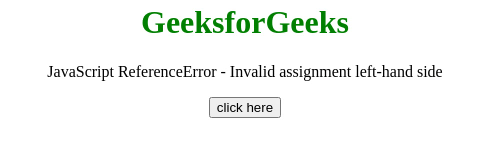
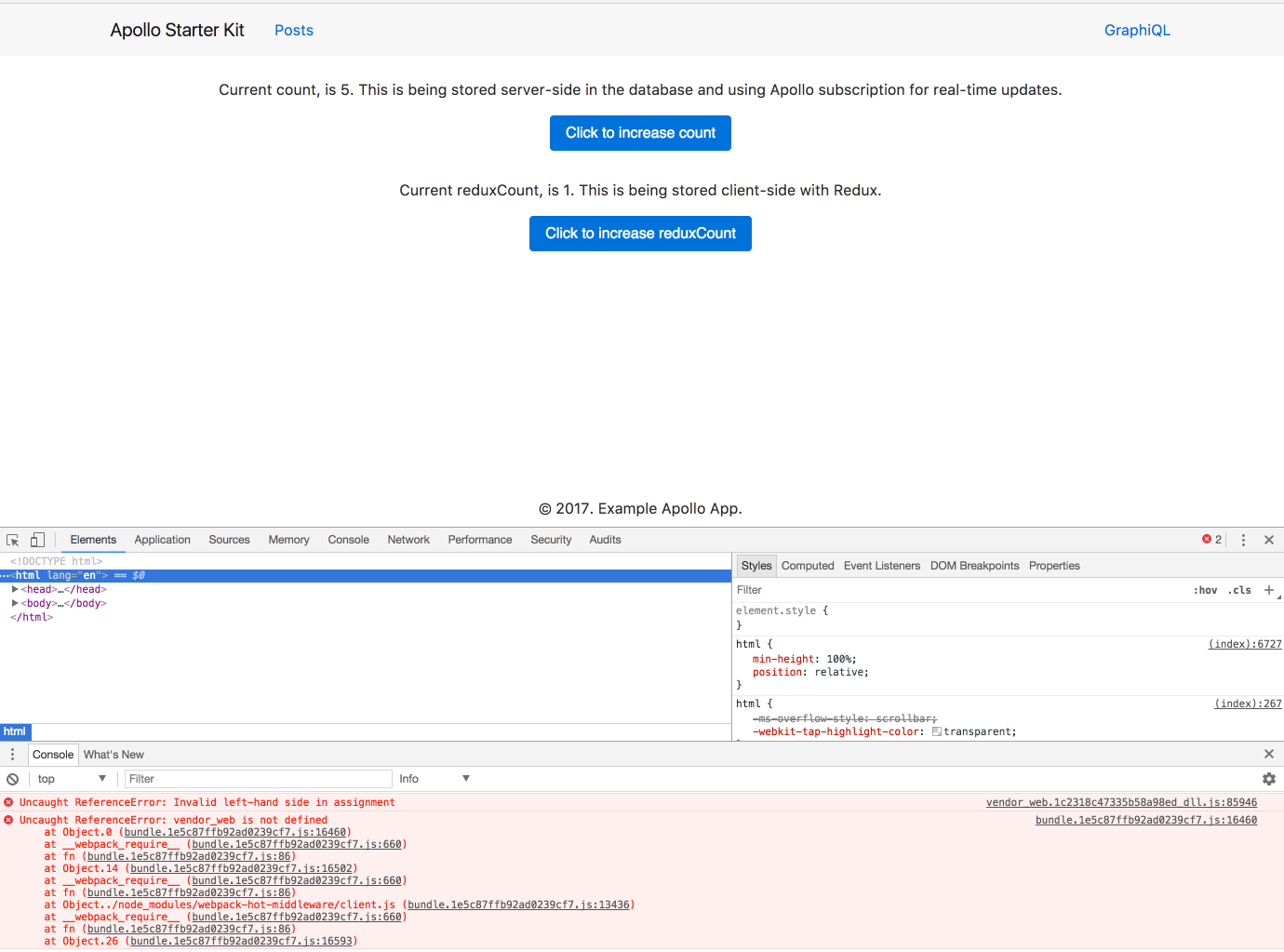
![Invalid left-hand side in assignment in JavaScript [Solved] | bobbyhadz Invalid Left-Hand Side In Assignment In Javascript [Solved] | Bobbyhadz](https://bobbyhadz.com/images/blog/javascript-invalid-left-hand-side-in-assignment/banner.webp)



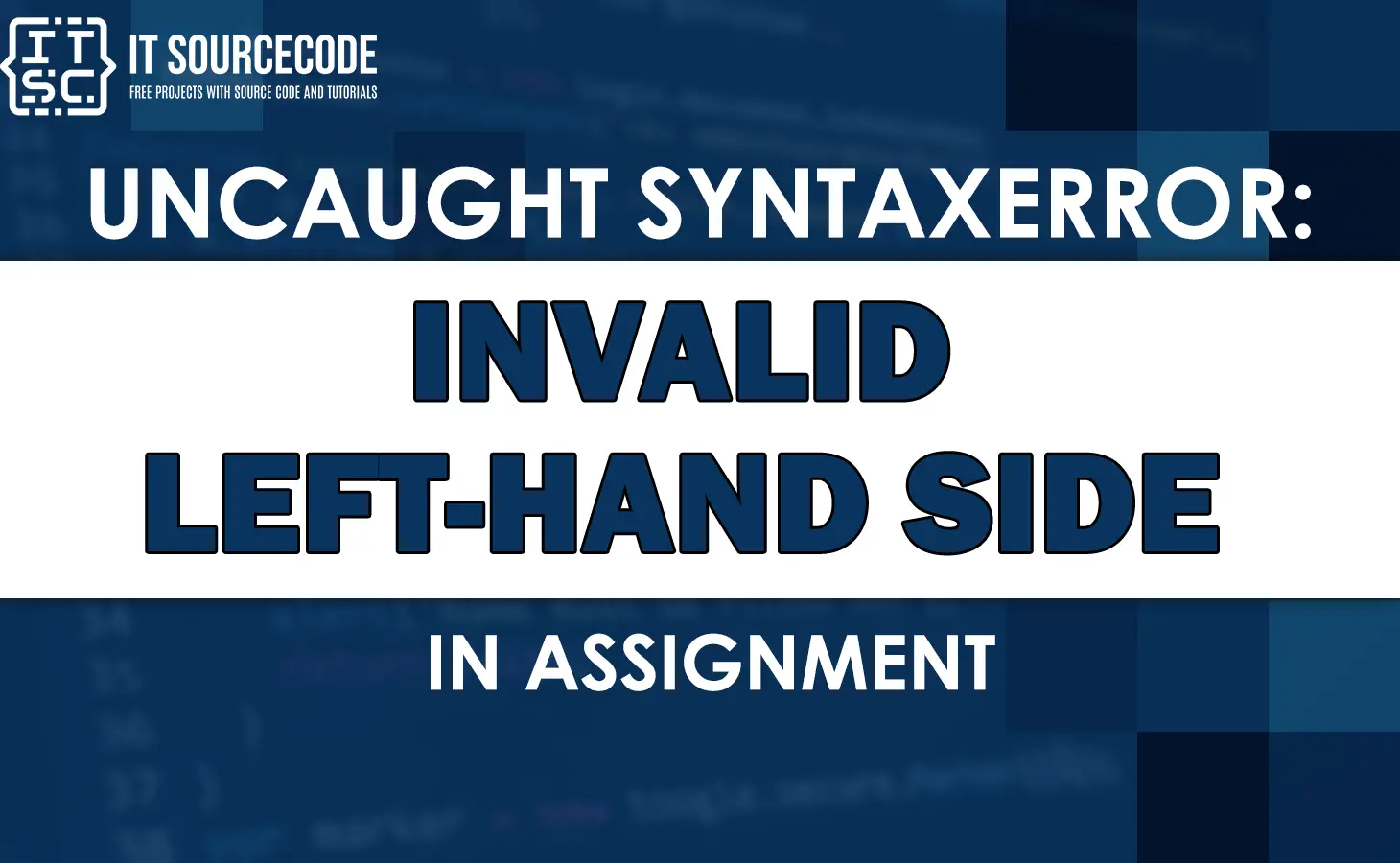

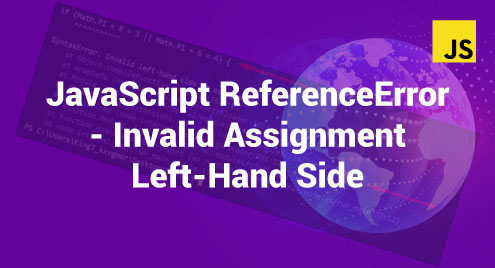
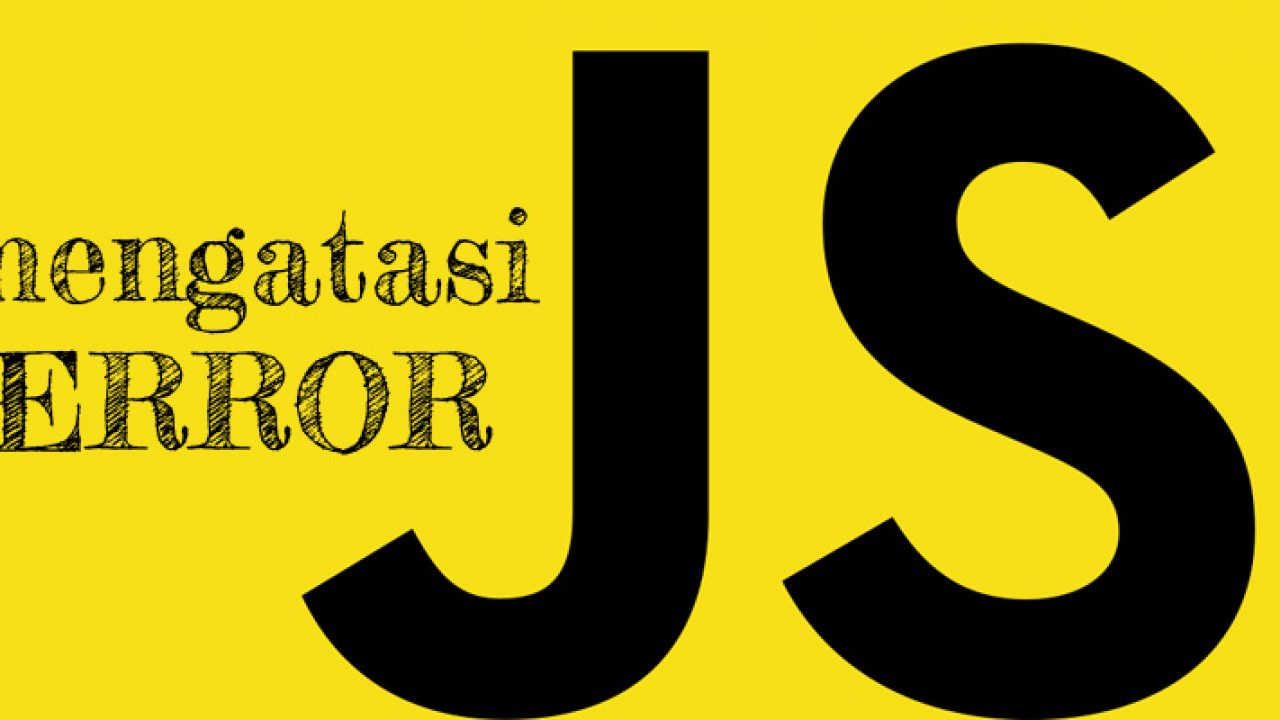















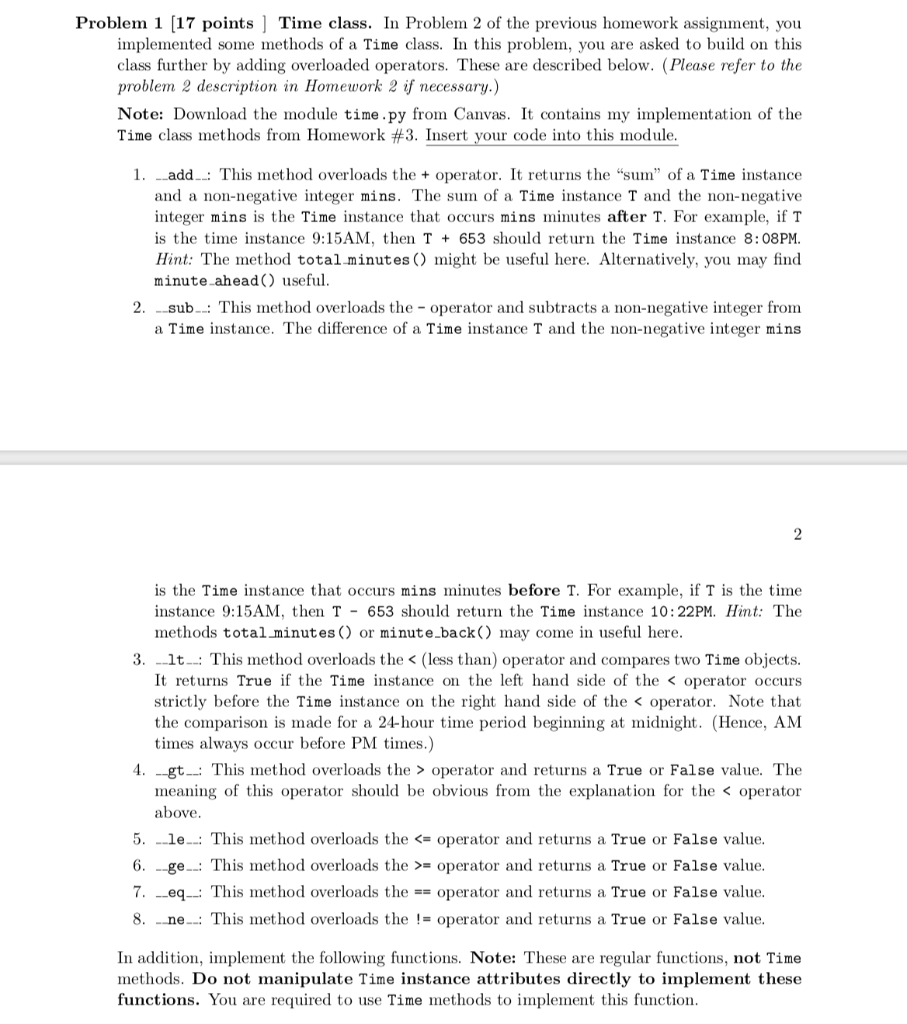





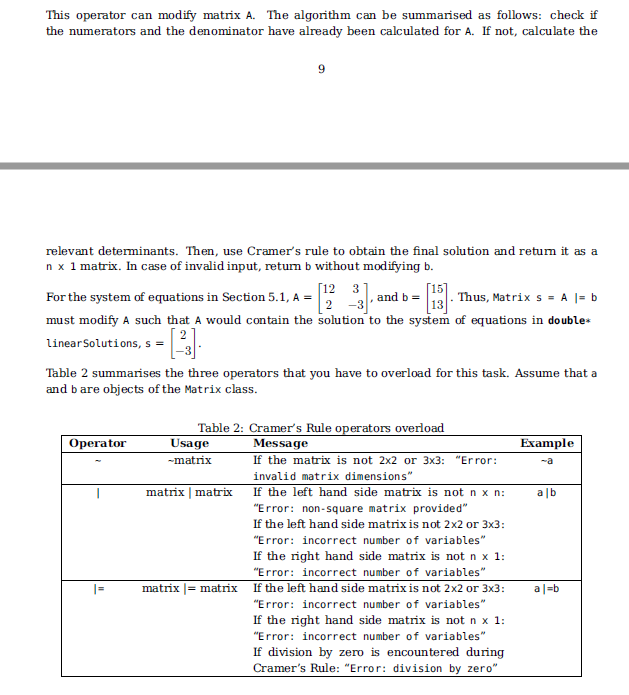

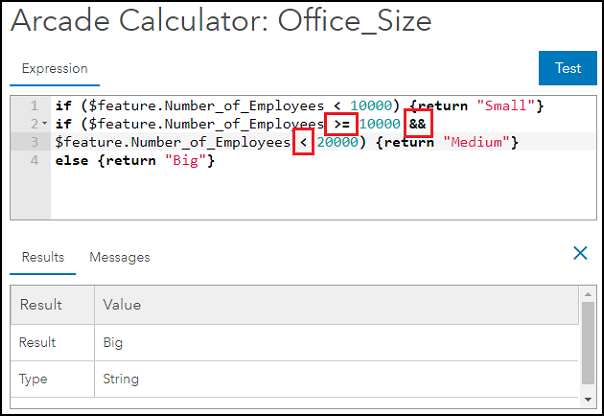

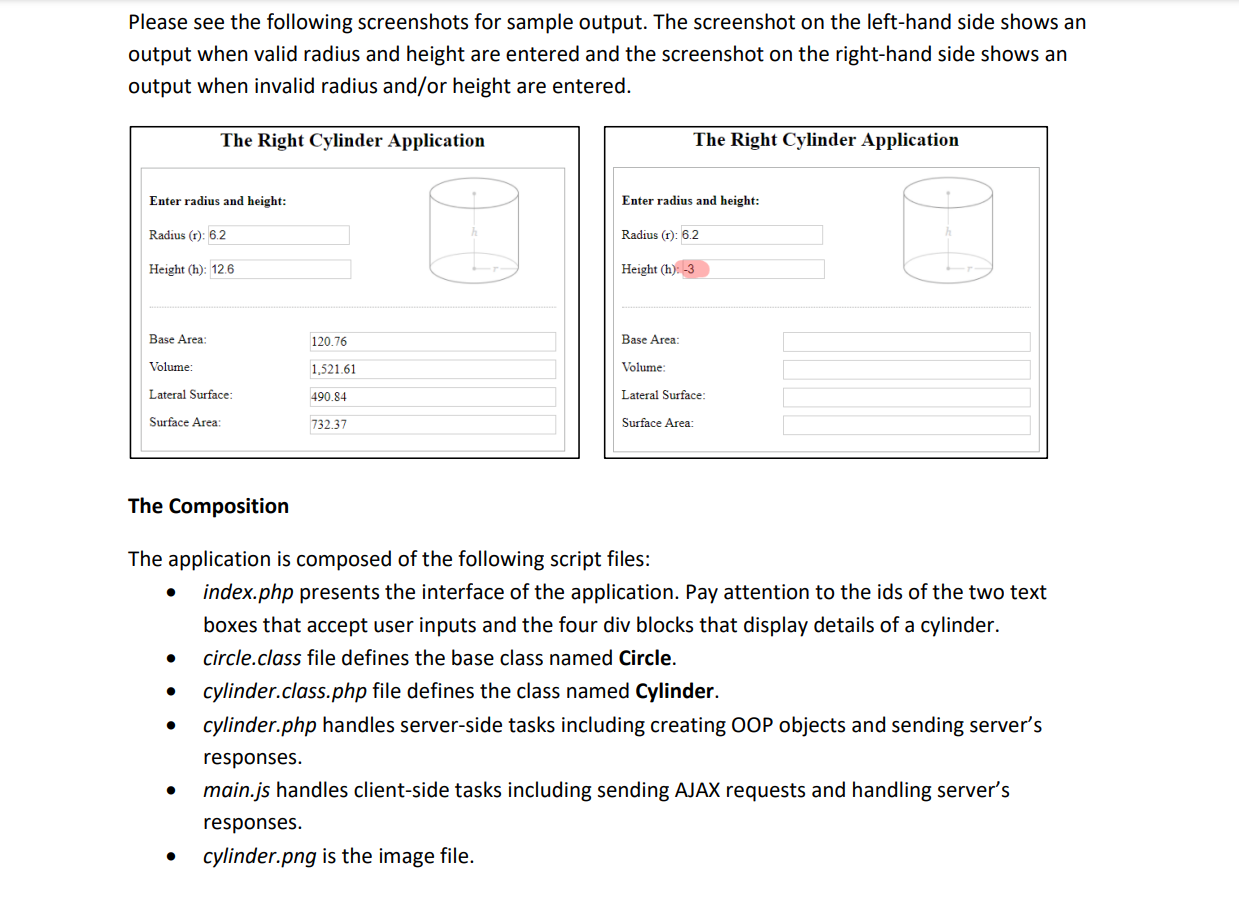
Article link: invalid left hand side in assignment.
Learn more about the topic invalid left hand side in assignment.
- SyntaxError: invalid assignment left-hand side – MDN Web Docs
- Invalid left-hand side in assignment in JavaScript [Solved]
- ReferenceError: Invalid left-hand side in assignment
- JavaScript ReferenceError – Invalid assignment left-hand side
- Invalid left-hand side in assignment in JavaScript [Solved]
- invalid assignment – Maple Help – Maplesoft
- Java Assignment Operators | Developer.com
- JavaScript ReferenceError – Invalid assignment left-hand side
- ReferenceError: invalid assignment left-hand side – JavaScript
- Syntax Error: “Invalid Left-hand Side in assignment.”
- JavaScript ReferenceError – Invalid Assignment Left-Hand Side
- javascript ReferenceError: invalid assignment left-hand side
- Uncaught ReferenceError: Invalid left-hand side in assignment
- R Error : invalid (do_set) left-hand side to assignment (2 …
See more: https://nhanvietluanvan.com/luat-hoc/